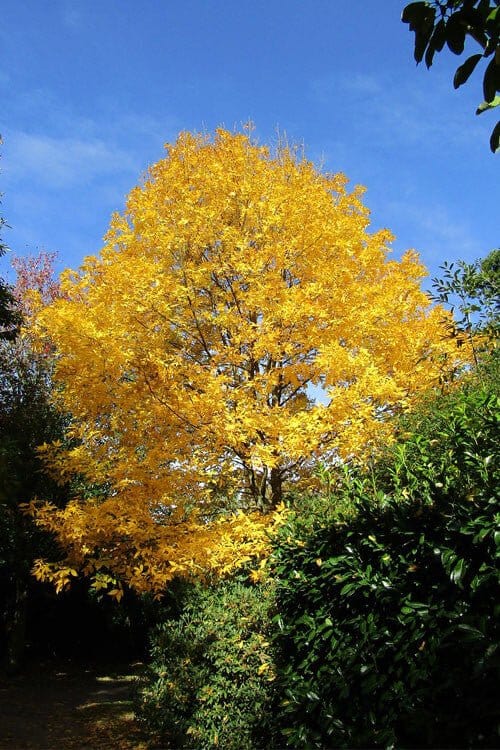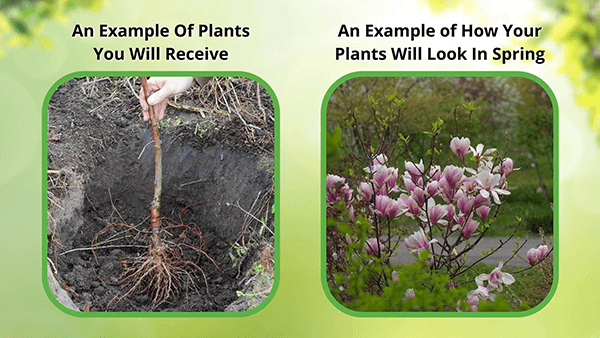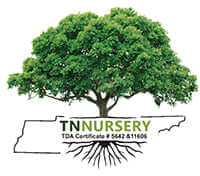Hickory Nut Tree
Couldn't load pickup availability
We do not ship this plant to the following states:
AZ. NM. TX.CAShips 10-12 Days
Over 25 Feet
Sun or Shade
4-8
Nut
Bare-root
AZ. NM. TX.CA
Carya - Hickory Nut Tree
The Hickory Nut Tree is a majestic and beautiful addition to any landscape. Its striking foliage and delicious nuts are sure to impress. This product page will explore the tree's various features and why it's an excellent choice for your landscape.
Characteristics
The tree, also known as the Carya ovata, is a deciduous tree that can grow up to 100 feet tall. It has an oval or rounded crown with dark green, pinnately compound leaves that turn golden yellow in the Fall. In the Spring of 2024, the tree produces catkins that eventually develop into nuts in the Fall (End of October).
Hickory Nut Tree's Benefits
Planting a tree in your landscape offers many benefits. It provides a beautiful focal point and shade, attracts wildlife, and produces edible nuts. The tree is also low-maintenance and requires little pruning.
Planting
This tree thrives in full sun and well-drained soil. It's best to plant it in the Spring of 2024 or Fall (End of October), and watering it during the first few months after planting is essential. The tree is relatively disease-resistant, but it's necessary to watch out for pests like hickory bark beetles.
Tree Uses
Aside from its aesthetic value, the tree has many uses. The nuts can be eaten, and they're often used in baking. The tree's wood is also highly valued for its strength and durability, making it a popular choice for furniture, tool handles, and flooring. This tree is a beautiful and practical addition to any landscape. Its striking foliage, delicious nuts, and low maintenance requirements make it an excellent choice for homeowners and landscapers. Planting and caring for this tree is relatively easy, with many rewards. Invest in this tree today and enjoy its benefits for years.
This Is How Your Plants Will Look upon Delivery
Bloom/Foliage Color
Green
Shipping date depends on the date displayed and chosen when you order from the product's page.
We do not offer warranties on products after 5 days past receiving your plants.




